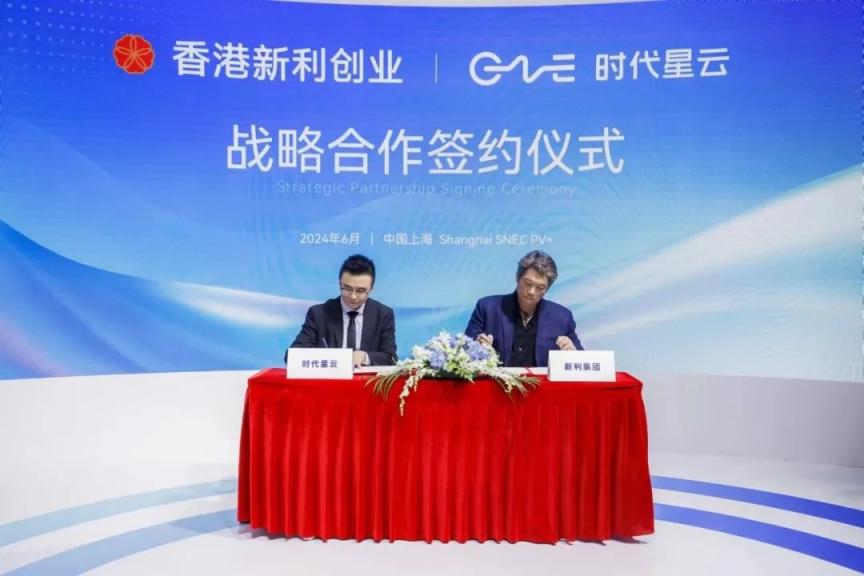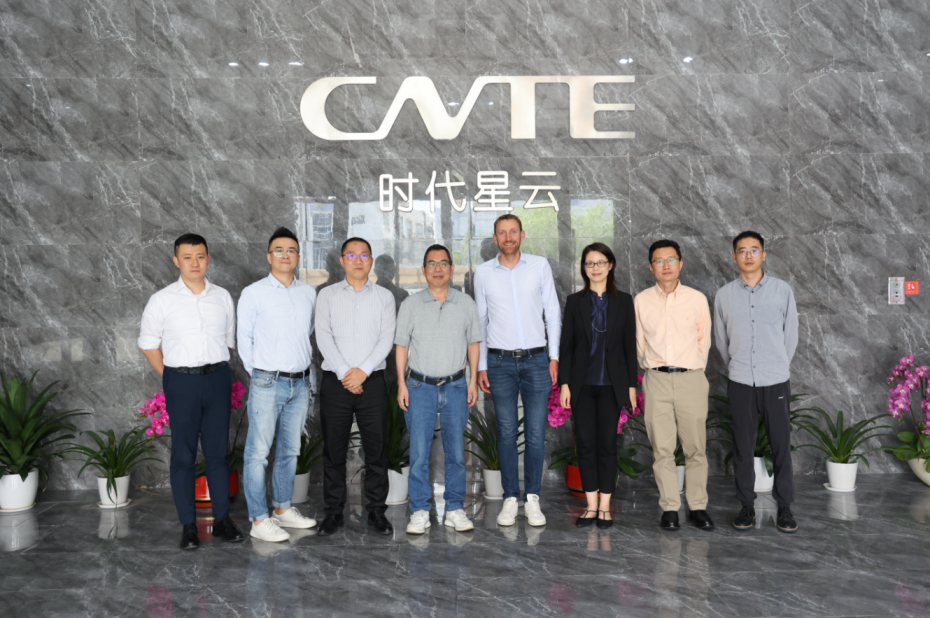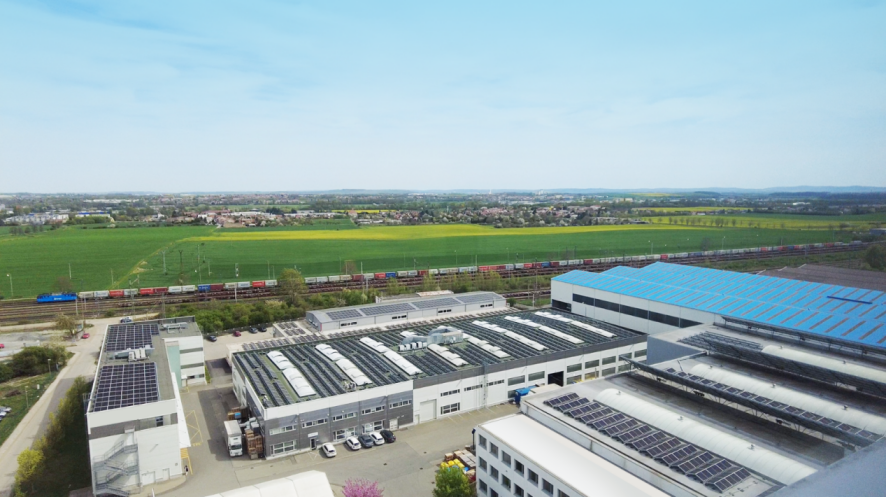How Do Battery Energy Storage System Address the Intermittency and Variability of Renewable Energy Sources?
In the realm of modern energy management, Battery Energy Storage Systems (BESS) have emerged as a pivotal technology, offering a versatile solution to various energy challenges. BESS functions as a crucial element in balancing supply and demand dynamics, particularly in the context of renewable energy integration and grid stability. Understanding the fundamentals of BESS, its components, and working principles lays the groundwork for exploring its diverse applications and potential impact across different sectors.
Defining BESS: Powering the Future
1.1 Understanding Battery Energy Storage System
Battery Energy Storage System, commonly referred to as BESS, encompass a range of technologies designed to store electrical energy for later use. These systems comprise several components, including batteries, power conversion systems, and control systems, working seamlessly to store surplus energy during periods of low demand and release it when demand peaks. This flexibility allows BESS to address fluctuations in energy supply and demand, thereby enhancing grid stability and reliability.
1.2 Applications Across Sectors
The versatility of BESS extends across various sectors, offering solutions to critical challenges in energy management. In the realm of grid stability, BESS plays a vital role in mitigating the impact of intermittent renewable energy sources, such as wind and solar, by storing excess energy during periods of abundance and releasing it during periods of high demand. Additionally, BESS facilitates peak shaving and load shifting, optimizing energy consumption patterns and reducing reliance on fossil fuels.
Deciphering the Components and Working Principles
2.1 Anatomy of BESS
At the heart of every Battery Energy Storage System lies its components, each playing a distinct role in the storage and distribution of energy. Batteries serve as the primary storage medium, with various chemistries offering different characteristics in terms of energy density, efficiency, and lifespan. Power conversion systems manage the flow of energy between the grid, batteries, and end-users, ensuring optimal performance and efficiency. Control systems oversee the operation of BESS, monitoring energy flows and adjusting parameters to meet specific requirements.
2.2 Working Principles
The operation of BESS revolves around the interplay of its components, guided by sophisticated control algorithms and monitoring systems. During periods of low demand or excess renewable energy generation, BESS charges its batteries, storing electrical energy for future use. Conversely, during peak demand periods or when renewable energy sources are unavailable, BESS discharges stored energy to supplement grid supply, thereby stabilizing voltage and frequency levels.
Exploring Battery Technologies and Emerging Trends
3.1 Diverse Battery Chemistries
Battery Energy Storage Systems leverage various battery chemistries, each offering unique advantages and limitations. Lithium-ion batteries dominate the market due to their high energy density, efficiency, and relatively long lifespan. Lead-acid batteries remain prevalent in certain applications, owing to their low cost and proven reliability. Emerging technologies, such as flow batteries and solid-state batteries, hold promise for further enhancing the performance and scalability of BESS in the future.
3.2 Comparative Analysis
A comparative analysis of battery types reveals trade-offs between energy density, efficiency, cost, and lifespan. While lithium-ion batteries excel in energy density and efficiency, they may incur higher upfront costs compared to lead-acid batteries. However, advancements in battery technology and economies of scale are driving down costs, making lithium-ion batteries increasingly competitive in various applications. Flow batteries offer the advantage of scalability and prolonged lifespan, making them suitable for long-duration energy storage.
3.3 Emerging Trends
The landscape of battery energy storage is continually evolving, with ongoing research and development efforts focused on enhancing performance, reducing costs, and addressing environmental concerns. Emerging technologies, such as solid-state batteries and next-generation lithium-ion chemistries, hold the potential to revolutionize energy storage, offering higher energy density, faster-charging rates, and improved safety. Additionally, innovations in battery management systems and grid integration technologies are paving the way for the widespread adoption of BESS in diverse applications.
4.1 Advantages of BESS
Battery Energy Storage Systems offer a myriad of benefits, ranging from grid stabilization and peak shaving to enabling renewable energy integration and enhancing energy resilience. By providing rapid response capabilities and flexible operation, BESS contributes to a more reliable and sustainable energy infrastructure. Furthermore, BESS enhances energy efficiency and reduces greenhouse gas emissions, aligning with global efforts to combat climate change.
4.2 Challenges and Limitations
Despite their numerous advantages, Battery Energy Storage Systems face challenges and limitations that warrant attention. Cost remains a significant barrier to widespread deployment, although declining battery prices and supportive policies are driving down costs over time. Additionally, technological constraints, such as limited battery lifespan and safety concerns, pose challenges to the scalability and long-term viability of BESS. Addressing these challenges requires ongoing research, innovation, and collaboration across the industry.

4.3 Case Studies
Real-world examples illustrate the successful implementation of Battery Energy Storage Systems and the strategies employed to overcome challenges. Projects such as the Guangdong Shunde Industrial and Commercial Energy Storage Project and the Fujian Ningde Convention and Exhibition Centre Optical Storage and Charging Inspection Intelligent Supercharging Station demonstrate the effectiveness of BESS in enhancing grid stability and enabling renewable energy integration. Similarly, the Commercial and Industrial Energy Storage Project in Ningbo, Zhejiang showcases the economic and environmental benefits of BESS in optimizing energy management in commercial and industrial settings.
Addressing Intermittency and Variability
5.1 Importance of BESS
Battery Energy Storage Systems play a pivotal role in mitigating the intermittency and variability of renewable energy sources, such as solar and wind. By storing surplus energy during periods of high generation and releasing it during periods of low generation or high demand, BESS helps smooth out fluctuations in energy supply. This enhances grid stability, reduces reliance on fossil fuels, and maximizes the utilization of renewable energy resources, thereby accelerating the transition towards a low-carbon future.
5.2 Facilitating Integration
Examples abound of how BESS facilitates the seamless integration of solar, wind, and other renewables into the grid. In regions with abundant solar resources, BESS can store excess solar energy generated during the day for use during the evening peak demand periods, ensuring a steady and reliable energy supply. Similarly, in windy areas, BESS can capture surplus wind energy during periods of high wind speeds and deliver it when wind speeds are low, effectively smoothing out fluctuations in wind power output.
5.3 Synergies with Renewable Energy
The synergies between BESS and renewable energy technologies are evident in their complementary roles in sustainable power generation. BESS enhances the value proposition of renewables by providing energy storage capabilities that enable greater flexibility and reliability in power delivery. Together, BESS and renewables form a dynamic duo, offering a scalable and versatile solution for meeting energy demand while minimizing environmental impacts.
6.1 Current State of the Market
The market for Battery Energy Storage Systems is experiencing robust growth, driven by factors such as declining battery costs, supportive policies, and increasing demand for clean energy solutions. Key players in the BESS market, including CNTE, are expanding their presence globally, leveraging their expertise in battery technology and energy storage solutions to meet the growing demand for grid-scale and distributed storage applications. Regional trends vary, with Asia-Pacific emerging as a frontrunner in BESS deployment, followed by North America and Europe.
6.2 Driving Factors
Several factors are driving the adoption of BESS, including technological advancements, regulatory incentives, and evolving market dynamics. Declining battery costs, driven by economies of scale and improvements in manufacturing processes, are making BESS increasingly cost-competitive with traditional forms of energy storage. Supportive policies, such as renewable energy targets and incentives for energy storage deployment, are also fueling market growth, creating a favorable environment for investment in BESS infrastructure.

6.3 Future Prospects
The future outlook for Battery Energy Storage Systems is promising, with continued innovation and investment expected to drive further advancements in technology, performance, and cost-effectiveness. Innovations in battery chemistries, materials science, and grid integration technologies are poised to unlock new opportunities for BESS deployment across diverse applications. Market projections suggest significant growth in both utility-scale and behind-the-meter BESS installations, with a focus on enhancing grid resilience, integrating renewables, and enabling the transition to a sustainable energy future.
Ensuring Environmental Sustainability
7.1 Environmental Footprint
While Battery Energy Storage Systems offer numerous benefits for renewable energy integration and grid stability, it is essential to consider their environmental footprint across the lifecycle. From manufacturing to operation and disposal, BESS can have environmental impacts related to resource extraction, energy consumption, and waste generation. However, advancements in battery technology and sustainable manufacturing practices are mitigating these impacts, reducing the environmental footprint of BESS over time.
7.2 Improving Sustainability
Strategies for improving the sustainability of battery production and recycling are essential for minimizing the environmental impacts of BESS. This includes optimizing manufacturing processes to reduce energy consumption and emissions, sourcing materials responsibly, and implementing efficient recycling and reuse programs to recover valuable resources from spent batteries. Additionally, research into alternative battery chemistries and materials holds promise for further reducing environmental impacts and improving the overall sustainability of BESS.
7.3 Role in Decarbonization
Battery Energy Storage System plays a crucial role in achieving decarbonization goals and transitioning to a renewable energy-based economy. By enabling greater integration of renewable energy sources into the grid and reducing reliance on fossil fuels, BESS contributes to lowering greenhouse gas emissions and combating climate change. As part of a holistic approach to sustainability, BESS complements efforts to increase energy efficiency, promote electrification, and foster renewable energy deployment, paving the way for a cleaner, greener future.
Conclusion
In conclusion, the Battery Energy Storage System represents a transformative technology with the potential to reshape the energy landscape and accelerate the transition toward a sustainable future. By harnessing the power of energy storage, stakeholders can unlock new opportunities for grid resilience, renewable energy integration, and energy optimization across diverse sectors. As advancements in battery technology continue to unfold, BESS will play an increasingly integral role in shaping the future of energy.
Get In Touch
Recent Posts
-

CNTE’s 90th Smart BESS EV Charging Station in operation in Shanghai
Jul 15, 2024 -

CNTE New Smart BESS EV Charging Station Landed in Shanghai
Jul 10, 2024 -

CNTE strategic signing at SNEC 2024 Shanghai
Jul 10, 2024 -

BP Group Co-operation Visit to CNTE
Jul 10, 2024 -

CNTE C&I ESS lands in Czech Industrial Park
Jul 10, 2024
